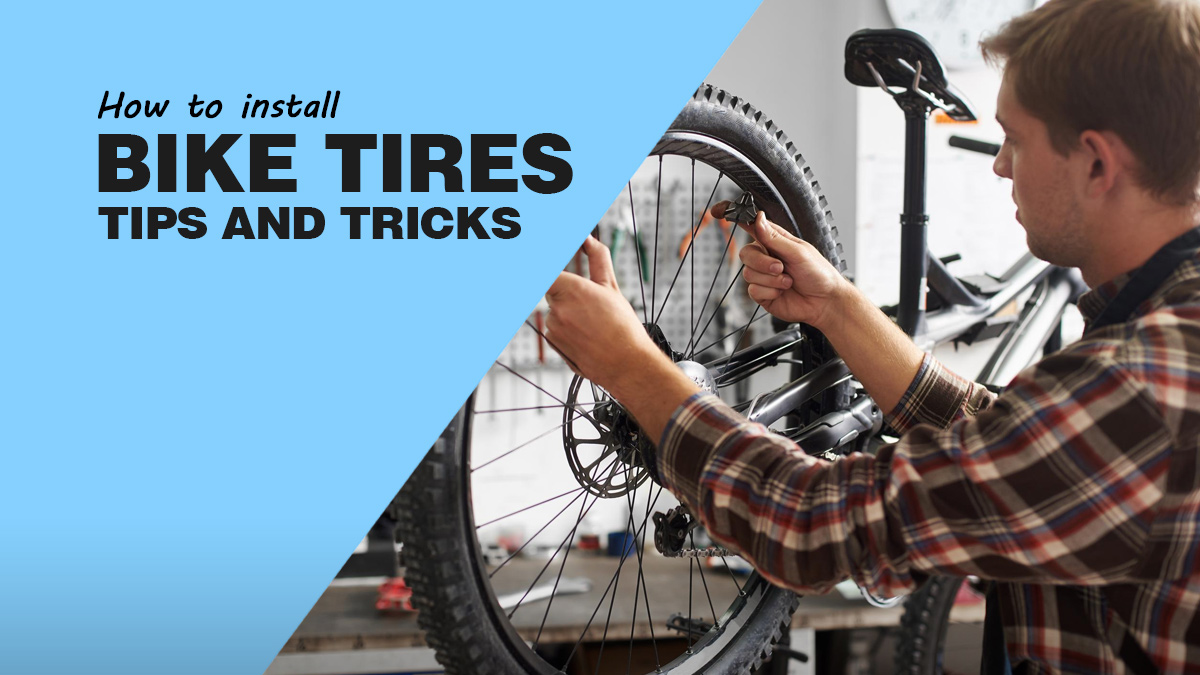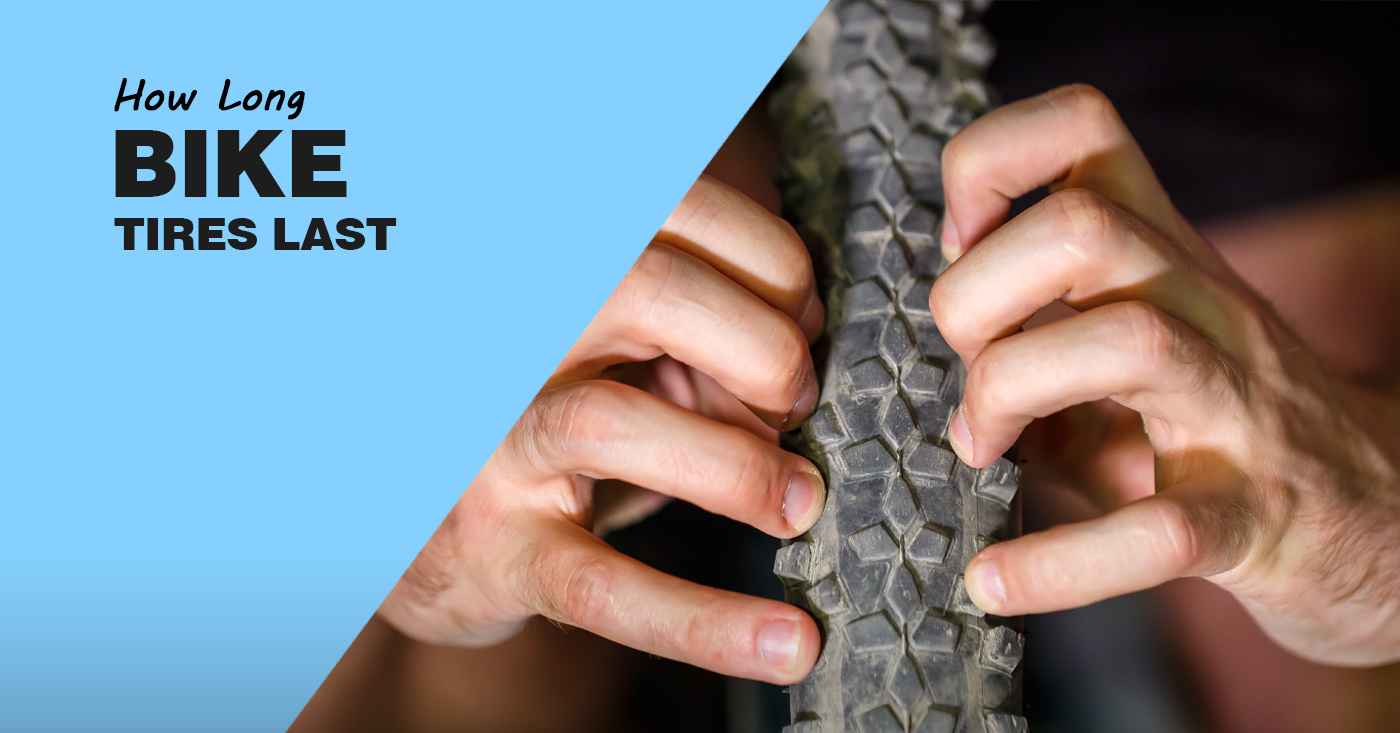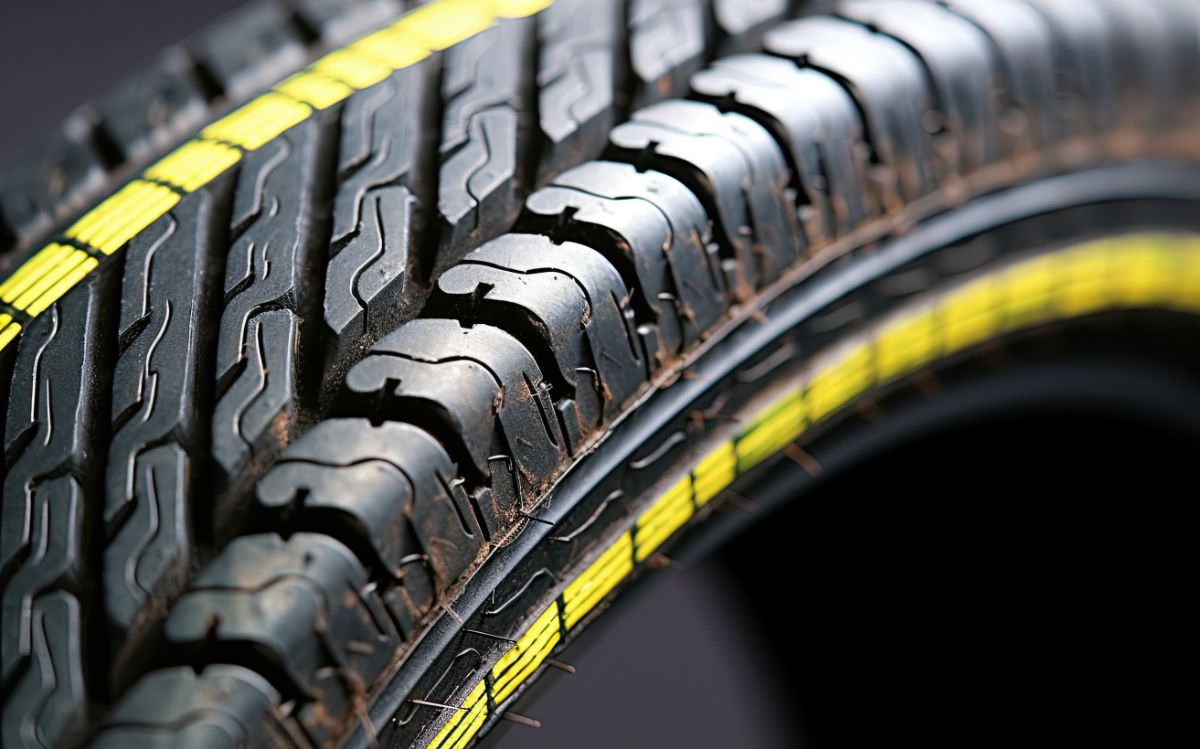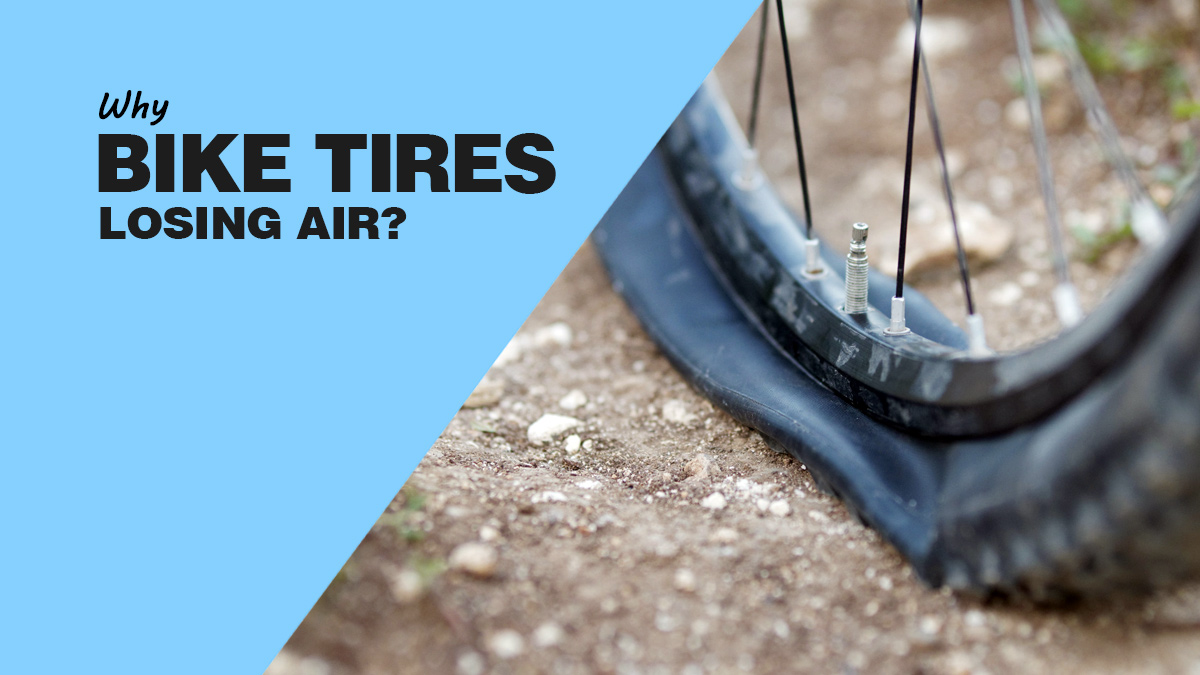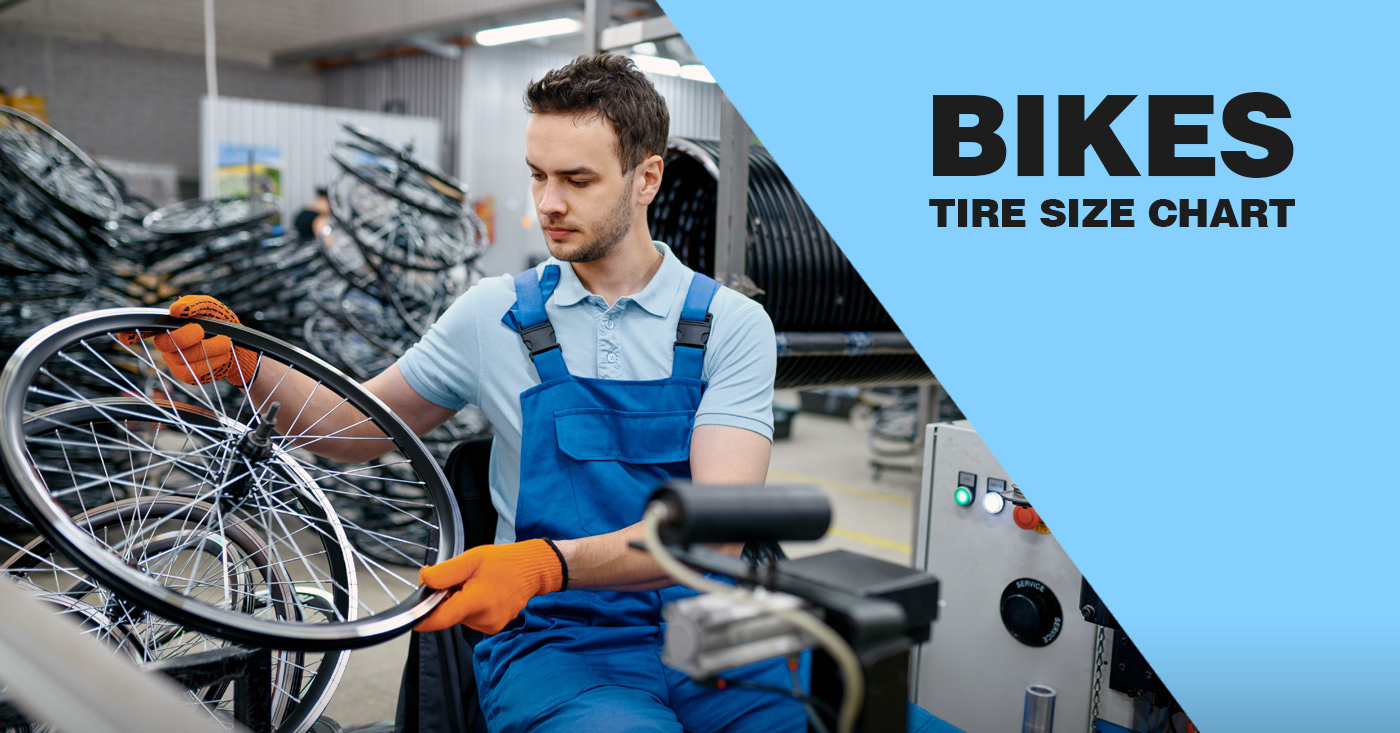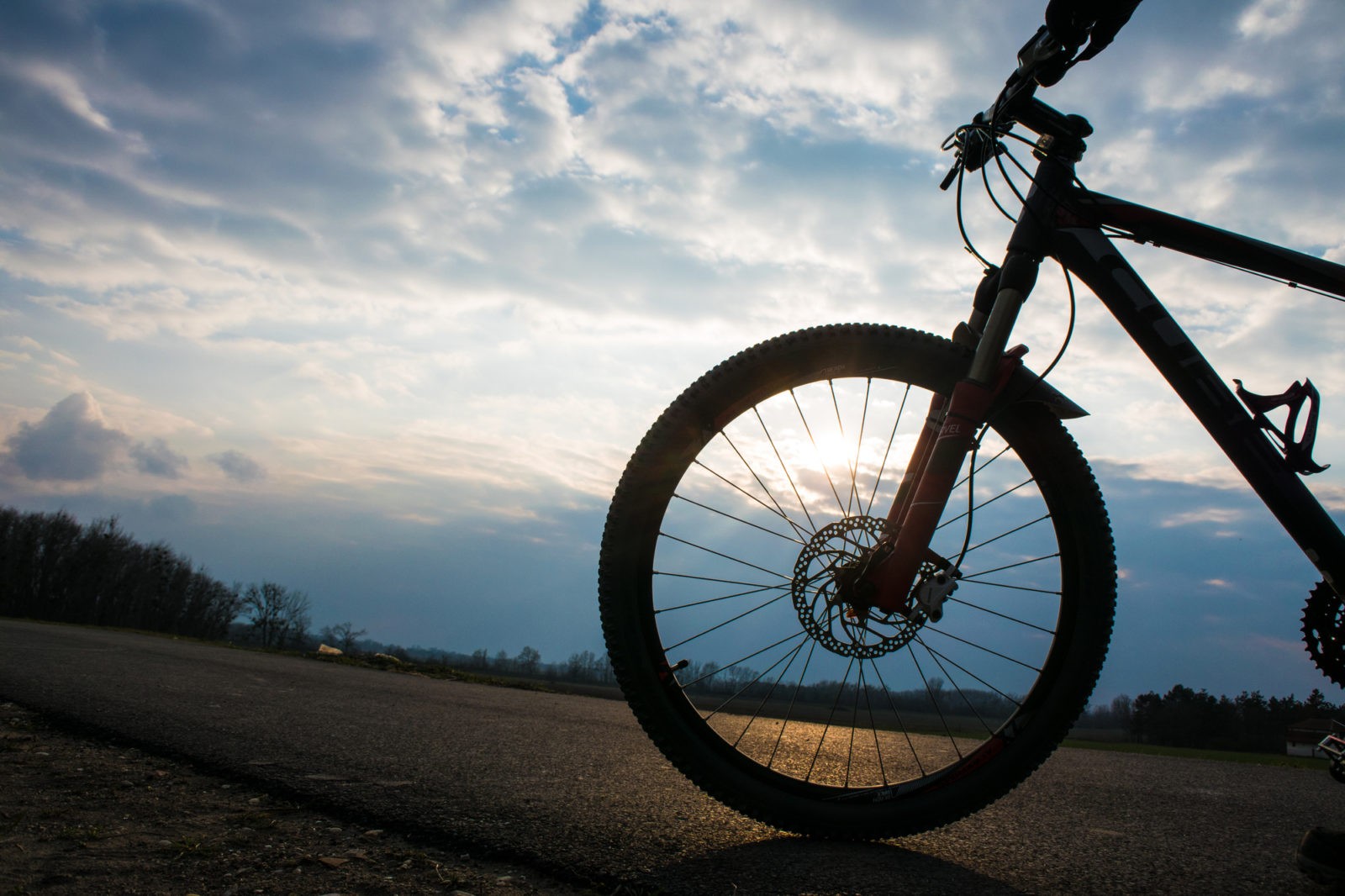Tire popping can get you stuck in unfavorable conditions. The common causes are Lack Of Required Air Pressure, Over inflation, Punctures, Worn Treads, and Hitting Potholes more frequently. This one issue is enough to single-handedly ruin our cycling experience. This is why, today I will guide you through the most Common Causes of Why Your Bike Tire Keeps Popping along with some Easy-To-Follow Solutions!
Let’s Begin:
7 Reasons Your Bike Tire Keeps Popping
If your bike tire keeps popping, it is because of an underlying problem. Other than the ones I have already mentioned above. Understanding the problem as soon as possible and fixing it on time can save you a lot of time as well as money. Unless you are thinking you can just ride your bike with a flat tire? Well, it is possible but here’s why I don’t recommend doing it.
1. There Is A Rough Spot On The Inside Of Your Rim
If your tire keeps popping, it may be because there is a rough spot on the inside of your rim. When there is no debris stuck in your tire, this is one problem to look at. To know for sure, you will need to check if you are having the flat in the same spot. This indicates that there is an issue with a specific area of your rim.
Solution
Check the inside of your rim. Look for any rough spots, bits of meta, or any holes that can be causing this type of issue. If yes, replace your rim. Another solution is to use a new rim strip.
Maximize your bike’s performance by knowing how to choose the best road bike tires and rims!
2. You Have Issues With The Rim Tape
Did you hear a loud pop when you experienced a flat? You may hear this sound when the issue is related to the rim. Flats that keep occurring in the same spot can also mean that there is an issue with your rim tape. These flats will be on the rim side of the tube not on the side that faces outwards towards the tire. A rim tape functions to cover the spoke holes. It prevents the inner tube from coming in contact with the sharp edges of spoke holes.
Your rim tape is not properly installed, it is damaged, or it is not covering the spoke holes as it should. Due to this, your inner tube will be pinched when you roll on those wheels and you will get a puncture.
If you’ve got a mountain bike, you need to know this to select the best bike tires and rims for your bike! For road bike tires
Solution
Inspect your rim tape. Is it in good condition? Is it covering the spoke holes? You will have to replace the rim tape if it is damaged. If you have a sharp nick, smooth it out if you can. If you have a double-walled rim with a rubber or plastic rim strip, replace it with a cloth one. I would suggest a Velox cloth rim tape.
Tip: While replacing, make sure that the rim tape is seated securely and evenly on the inside of your rim. This will provide the required protection for your inner tube.
It might be possible that you have installed your bike tires in the wrong direction!
3. You Are Over-Inflating
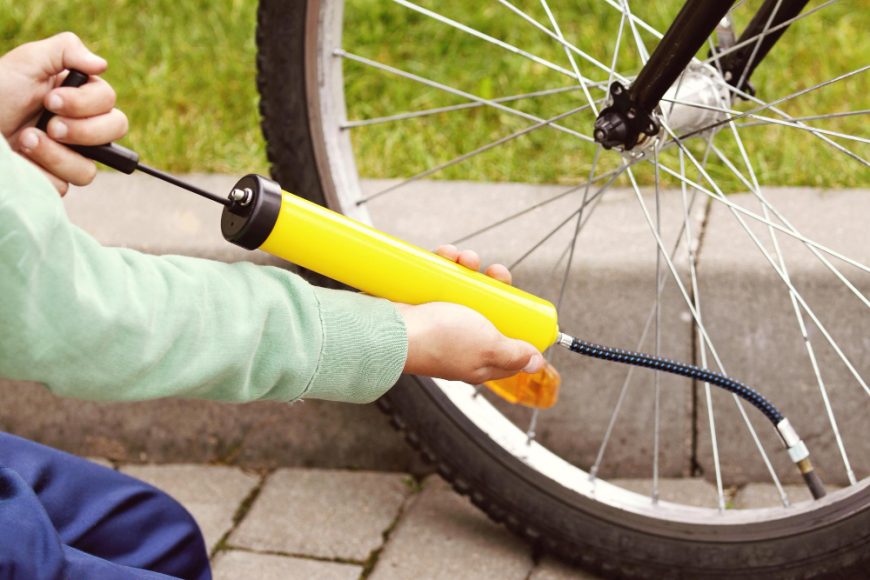
Over-inflating your tire can also lead to a pinch flat. An over-inflated tube will be squeezed between the rim and the tire, leading to a puncture. It is very easy to identify this problem. There will be two small punctures that look like snake-bite marks on your inner tube.
It is important not to exceed the maximum pressure limit. You will have problems like reduced traction and an uncomfortable ride.
Don’t have a gauge to check your tire pressure? Don’t worry here’s how you can check your tire pressure without even using one!
Solution
The solution is as easy as you expect, just follow the recommended tire pressure range suggested for your specific tire. You will find this information on your tire’s sidewall.
Tip: If you are carrying heavy loads, you can inflate your tires a little more than the recommended air pressure but do not exceed the maximum pressure limit. This will help in distributing your weight effectively and lower the chances of having a popped tire.
Did you know that bike tires also have an expiry date? Read on our guide on how long do bike tires last to find out.
4. There Is An Underlying Tire And Tube Problem
It is possible that your tire is not seated properly when you pumped it from a 0 PSI. I have a friend who went through the same issue. He was not putting air in the tube before placing it in the tire and the rim. He must have gone through at least 4 tubes before I saw his technique and corrected it. Or maybe you invested in a low-end stock tire. These tires do get punctured a lot.
Installing a bike tire? Try these tips and tricks to make things easier.
Solution
The tire has to be seated evenly so that it sits perfectly around the rim when you inflate. When you are installing a new bike tube, remember to inflate it slightly before you place it inside the tire. This will give the tube a shape. Now work the tire bead onto the rim. Before you fully inflate, make sure the tube is seated. Try investing in high-quality tires. They are better in the long run.
5. Your Tire Has Cuts And Splits
Your tire might have a small cut or a split that leads to frequent flats. examine the holes in the tube. If it resembles a “chewing” sign near the hole, it does indicate a split or cut in your tire. When you have a cut or a split and your wheel turns it brings that damaged spot in contact with the ground. The slice will open and close again and again until a hole is formed with only a few hours of riding.
Solution
Instead of running a rag on the inside of your tire, open it up and examine it. You can invert the tire to look at it carefully. If there is any crack or split it will open up. Use a tube patch to cover it.
Tip: If you are out of tube patch, temporarily use duct tape.
Looking for a new wheel for you road bike? Don’t worry, we have got you covered!
6. There Is A Foreign Object In Your Tire
I had a tiny piece of cable in my tire. I couldn’t feel it all because it would only protrude when I was riding. These foreign objects can lead to a puncture of the tube, leading to frequent flats.
Solution
Inspect your tire’s outer surface. You will easily find any foreign object that is stuck on your tie. Remove anything that you find and thoroughly clean it before you fit a new tube.
Give this guide a read to know how to select the right road bike wheels!
7. Maybe It Is Just Seasonal!
Apart from road conditions, seasons also play a role in your tire’s performance. I bought a bike in the summer and it rode over a good 3500 km without a single puncture. As soon as we entered the colder seasons, I got a puncture almost every other day. I barely managed to go even 20 km without facing a puncture. In the fall, there is more natural debris on the floor. There might be thorns, debris in the trees that falls, and similar stuff on the road.
Solution
Try switching to puncture-resistant tires and be mindful when you ride on the road. Carrying a repair tool kit when you head out to cycle in such a season will also come in handy.
Upgrade your ride with the best road bike wheels. Check out our top picks now!
7. There Is A Loose Rim Brake
In rim brakes, the front brake can become slightly loose. This will make the brake move up when applied which causes friction on the tire. This issue will not be apparent when the bike is stationary. There is a common consensus that disc brakes are better for road bikes! why? Well, read on to find out.
Solution
Inspect your brake frequently, especially when you are going to ride on long descents. Look for looseness, any misalignment in the brake, or if there is any unusual movement. When you are riding, pay attention to the rubbing. Is it unusual? Stop the bike and tighten your brake components.
Tip: This issue will be more apparent when you are riding downhill. So test your bike when you are riding downhill to identify if you have this problem.
Cantilever Brakes Vs V Brakes: Find out which one is the better option for your bike!
Helpful Tips To Prevent Frequent Bike Tire Popping
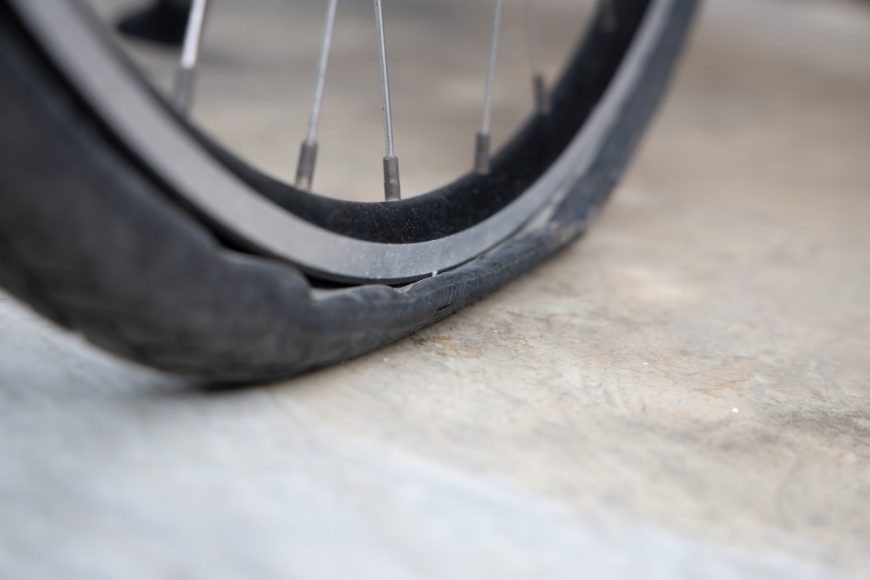
- Frequently check your tire pressure. Having low pressure is not suitable for heavy riders. Always try to maintain your tire pressure.
- While riding, be mindful of debris and road conditions. Avoid riding on debris whenever it is possible.
- Try to invest in puncture-resistant tires. I would recommend Continental GP5000.
- Invest in tire liners for extra protection.
- Urban areas have more debris, so recognize the riding conditions and make sensible decisions. Tires like Gatorskins are durable for city riding.
- Invest in good tire sealants like Slime. you can fix small punctures on the go.
- Be mindful of your riding style. Avoid hitting potholes or curbs.
If you have a mountain bike, check out this tire pressure calculator to find the precise calculations!
FAQs
Why Does My Front Tire Keeps Popping?
Your front tire keeps popping because it might have low pressure. It is also possible that you rode over some sharp objects or you have some rim-related issues.
How Much Pressure Does It Take To Pop A Bike Tire?
The pressure required to pop a bike tire varies. But your tire usually pops when you exceed the recommended pressure which is listed on the sidewall of the tire.
At What Temperature Do Tyres Burst?
Tires don’t typically burst. However, they do become damaged or lose pressure at a very high temperature, typically around 93°C (200°F) and more.
What Is Unsafe Tyre Pressure?
An unsafe tire pressure is typically below the recommended pressure range. Going below 20 PSI is unsafe and is typically considered a flat tire.
Why Does My Inner Tube Keeps Puncturing At The Valve?
Your inner tube keeps puncturing at the valve because of different factors like improper installation, excessive bending, rough valve holes, or even stress on your valve system.
Conclusion
Understanding the common causes and learning how to solve these issues can help you reduce the frequency of flats. You will have no more flats. That means smoother rides with no more obstacles! Just remember, to maintain your tire pressure, be mindful of your riding conditions, and carry your repair tool kit.
If this does not solve your problem, consider getting your bike inspected by a professional at a local bike shop. So pedal with confidence and enjoy your peace of mind. Happy Riding!
Also Read
- Why Do Bike Tires Keep Losing Air? Everything You Need To Know About Pressure Loss
- Bike Tire Size Chart: Your Definitive Guide to Tire Sizes
- Tubeless Bike Tires: Are They Worth The Change In 2023?
Should you have any questions or require further clarification on the topic, please feel free to connect with our expert author Rhodes Perry by leaving a comment below. We value your engagement and are here to assist you.


